Description
Foxboro FBM207B P0914WH Contact Sense Input Interface Module – Reliable 120 Vac Discrete Input for I/A Series 200
The Foxboro FBM207B (part number P0914WH) is a 200 Series Fieldbus Module designed to sense AC contact status in plant systems that run on 120 Vac. From my experience, it’s a straightforward way to bring motor starter feedback, limit switches, and panel pushbutton status into an I/A Series DCS without extra relays or converters. One thing I appreciate is how it slots directly into the 200 Series baseplate and uses the standard terminal assemblies, so swaps and expansions are typically painless.
Order Placement Process and Guarantees
- Warranty period: 365 days
- Delivery time: 1 week if in stock; no more than one month at the latest
- Payment: 50% advance payment; full payment before delivery
- Express delivery options: FedEx, UPS, DHL
You might notice that for installed-base replacements, we prioritize tested, clean modules with verified firmware compatibility to keep your turnaround tight.
Key Features
- 120 Vac contact sense inputs – Monitors the presence/absence of AC voltage for discrete status in 50/60 Hz environments.
- High channel density – Typically used as a multi-channel DI module to consolidate cabinet space.
- 200 Series compatibility – Plugs into the standard baseplate and works with Foxboro I/A Series controllers over the 2 Mbps fieldbus.
- Galvanic isolation – Field-to-system isolation helps protect the control system from line disturbances.
- Diagnostics and status – Module-level health/status indications make troubleshooting quicker in many cases.
- Standard terminal assemblies (TA/RTB) – Screw-clamp or spring options, keyed for the correct signal level to avoid mis-wiring.
- No extra relays needed – Directly senses 120 Vac lines for MCC feedback, valve limits, and panel contacts.
Technical Specifications
| Brand / Model | Foxboro FBM207B (Contact Sense Input Interface Module) |
| Part Number | P0914WH |
| HS Code | 8537.10 (Switchboard/control panels for a voltage not exceeding 1000 V) |
| Input Type | 120 Vac contact sense, 50/60 Hz; detects presence/absence of AC on each channel |
| Channel Count | High-density discrete inputs (multi‑channel; typical 200 Series DI capacity) |
| Signal Isolation | Galvanic isolation between field circuits and system bus (channel grouping typical for 200 Series) |
| Communication Interface | Foxboro 200 Series Fieldbus (2 Mbps) via baseplate to I/A Series controllers |
| Power Requirements | 24 Vdc supplied by the 200 Series baseplate (redundant power architecture supported) |
| Operating Temperature | Typically 0 to +60 °C (32 to 140 °F) |
| Dimensions & Weight | Standard single-slot 200 Series FBM form factor; handheld module, < 1 kg |
| Installation Method | Plugs into 200 Series baseplate; field wiring via keyed Terminal Assembly (TA/RTB) on DIN-rail or panel-mounted baseplate |
Application Fields
Plants that distribute 120 Vac signals for equipment status typically reach for the FBM207B when they want direct sensing without extra interposing hardware. Common use cases include:
- Motor control centers (MCC) – Running/tripped/auxiliary contacts at 120 Vac
- Valves and dampers – Open/closed limit feedback from actuators on AC circuits
- Panel devices – Selector switch and pushbutton status where 120 Vac is standard
- Utility systems – Boiler house, water treatment skids, and packaged equipment with 120 Vac indicators
- Brownfield upgrades – Drop-in expansions on existing Foxboro I/A Series 200 infrastructure
Advantages & Value
- Reliability – Rugged isolation and proven 200 Series architecture; in many cases these run for years with minimal intervention.
- Compatibility – Works natively with I/A Series controllers and engineering tools; avoids custom interface logic.
- Cabinet efficiency – High channel density reduces wiring clutter and panel footprint versus relay banks.
- Lifecycle support – Spare strategy is simple: same baseplate, same TA families; technicians already know the form factor.
- Cost control – Direct 120 Vac sensing cuts out extra interface relays and auxiliary power conditioning.
Installation & Maintenance
Basic guidelines that typically work well on site:
- Cabinet environment – Mount the 200 Series baseplate on a ventilated panel or DIN rail; maintain 0–60 °C ambient and reasonable humidity control.
- Wiring – Use the keyed 120 Vac TA/RTB; separate 120 Vac discrete wiring from low-level analog and comms; maintain shield/drain practices where mixed voltages share a trough.
- Safety – De-energize 120 Vac circuits before landing wires; verify torque on screw terminals to prevent intermittent status.
- Grounding – Bond cabinet ground properly; keep field returns consistent to reduce nuisance indications.
- Routine checks – Inspect module LEDs/status at shift checks; review diagnostics from the DCS if a channel chatters (debounce/filter can be adjusted in configuration).
- Firmware/compatibility – Match module revision to site standards when possible; the FBM207B typically coexists with mixed 200 Series modules on the same baseplate.
- Spares – Keep a spare FBM207B and a spare keyed TA on hand; swap is usually under 10 minutes including checkout.
A recent customer swapped two FBM207Bs into an aging MCC panel and immediately cleared intermittent status caused by old relay boards—no logic changes, just clean wiring to the TA.
Quality & Certifications
- Manufacturer certifications: typically CE and UL/CSA for industrial control equipment; RoHS where applicable by revision
- Designed for use within Foxboro 200 Series DCS architectures with recognized industrial EMC practices
- Manufacturer warranty varies by source; our supplied units carry a 365-day warranty
If you’re replacing an existing module, share the installed TA type and controller version; we’ll confirm FBM207B compatibility and ship with the correct keying to avoid downtime.





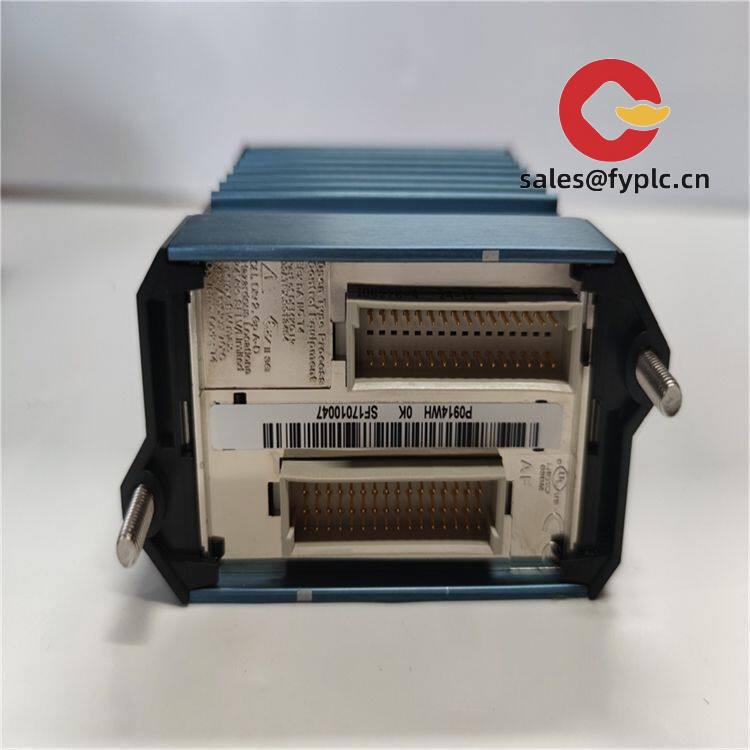

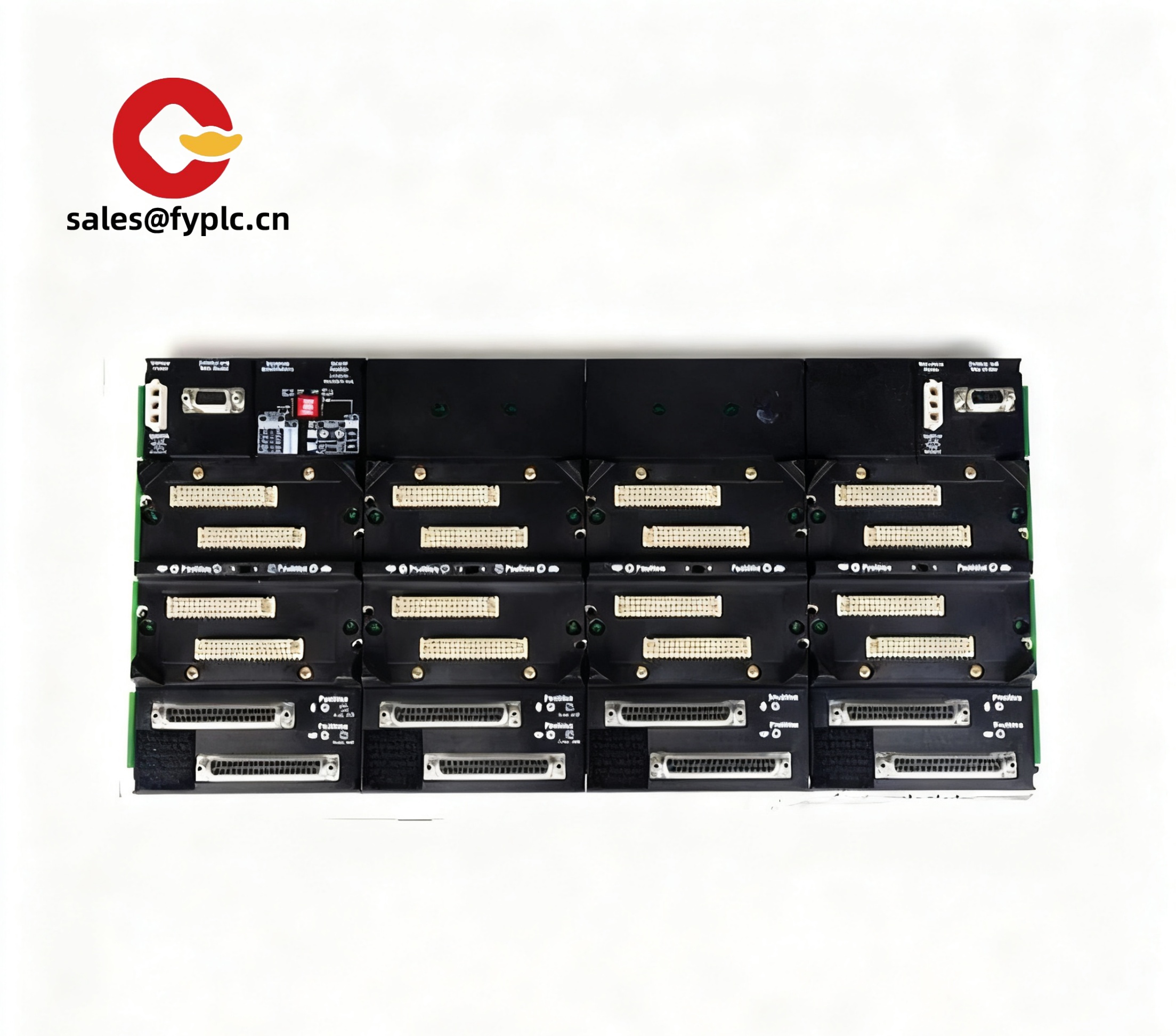
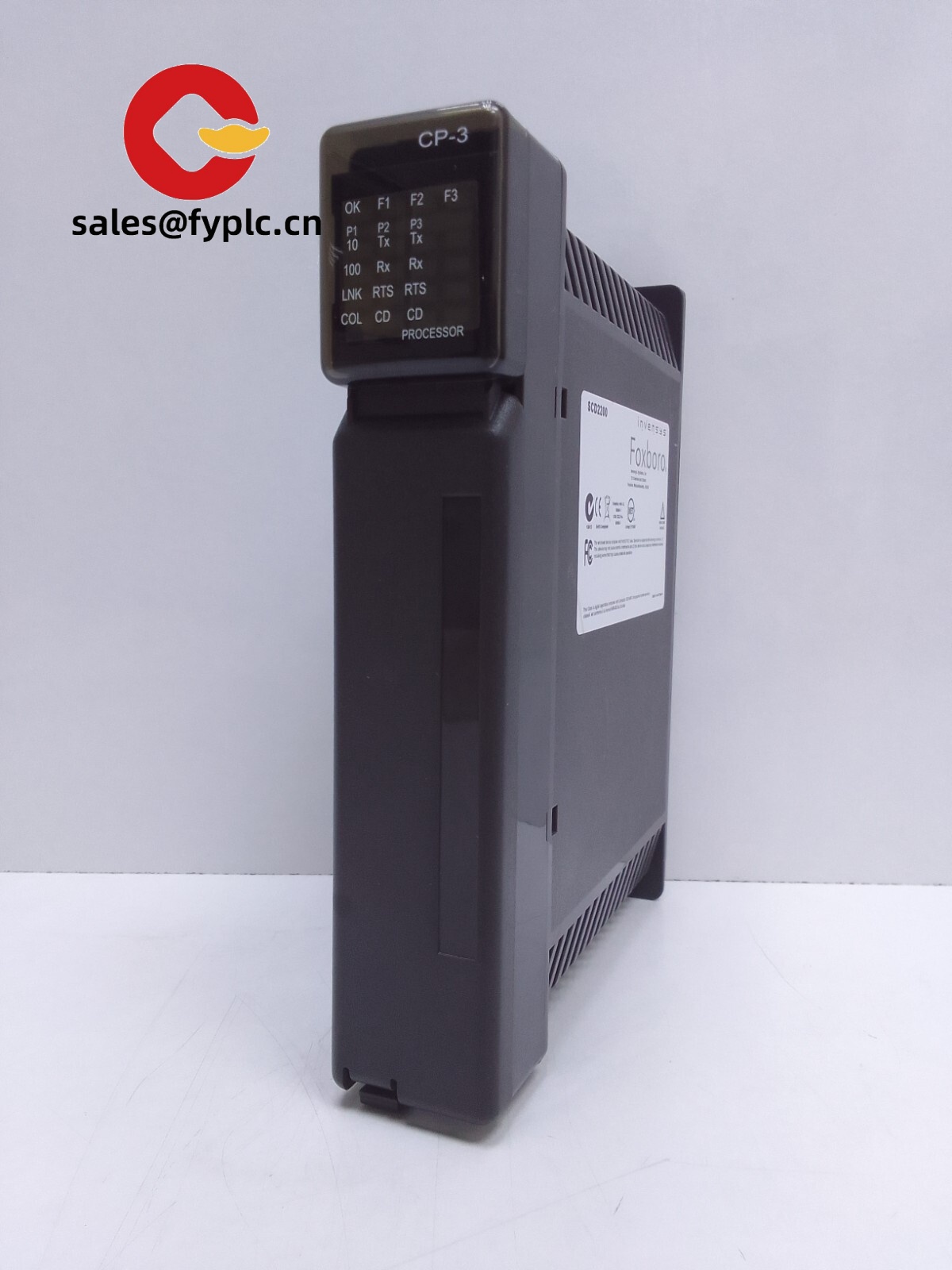
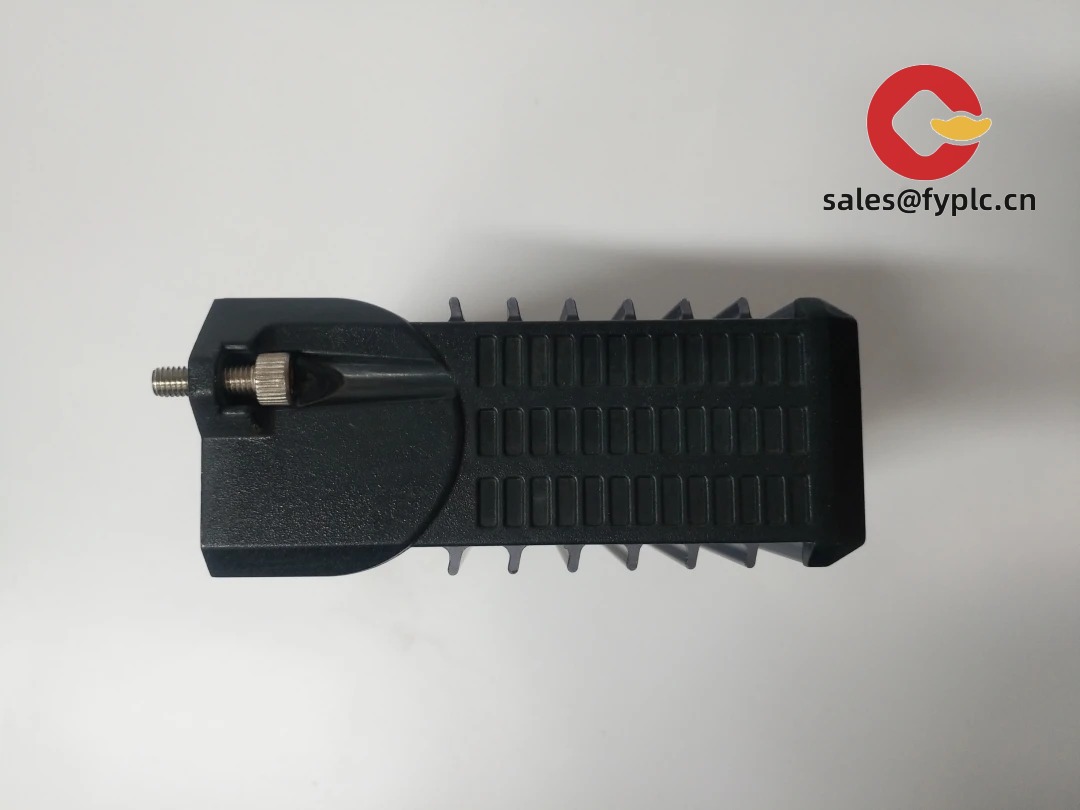


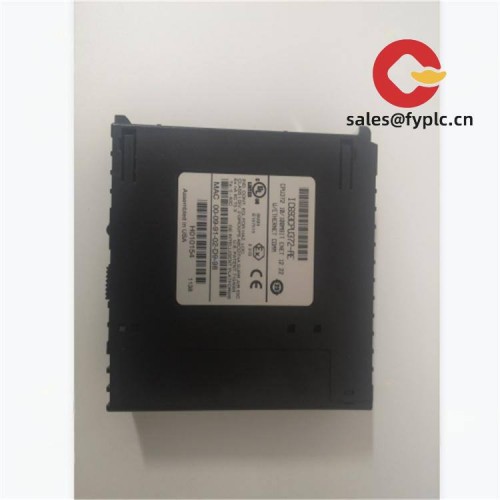
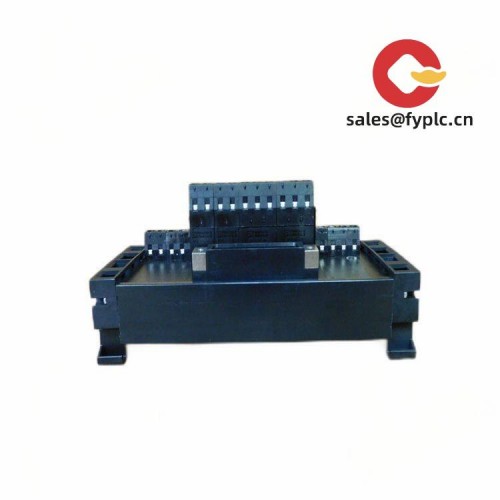
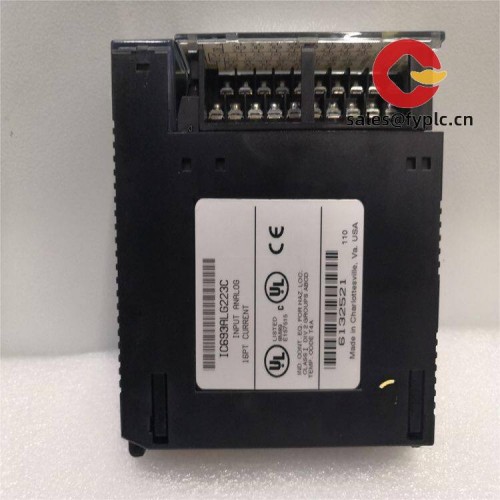


Reviews
There are no reviews yet.